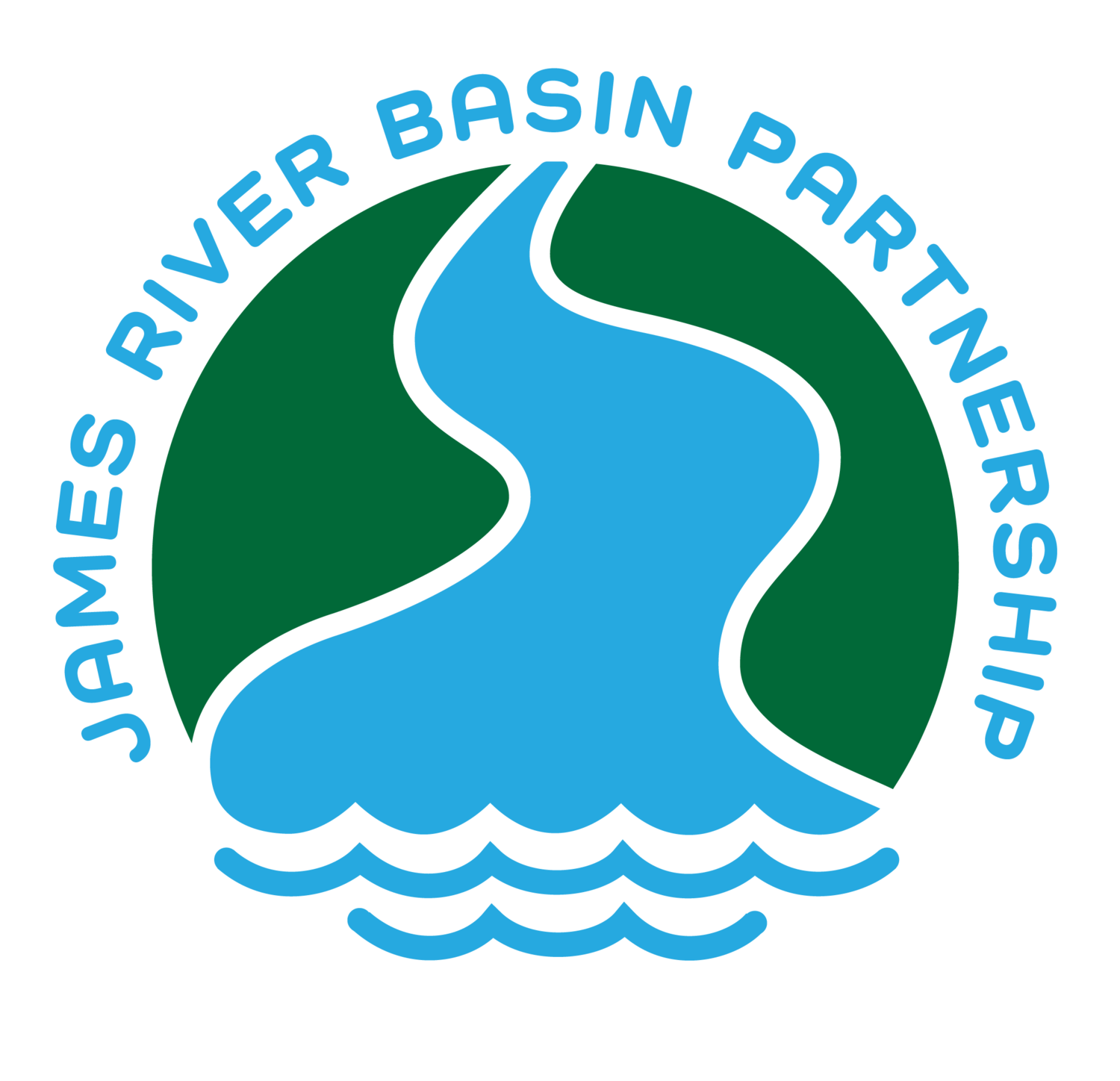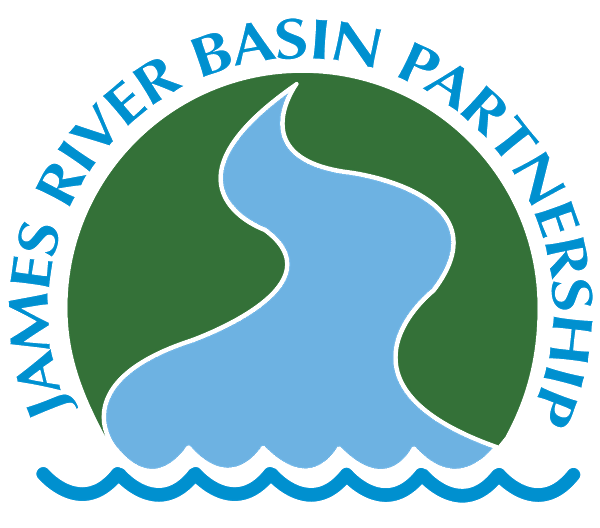info
319 Nonpoint Source Project Grants are funds awarded by the Missouri Department of Natural Resources to address non-point source pollution (NPSP) through remediation and protection projects. JRBP is currently implementing the Wilsons Creek Implementation Project, funded by a 319 NPS grant, to address NPS issues in the Wilsons Creek subwatershed.
The Wilsons Creek subwatershed is the most urbanized area of the James River basin, including almost 90% of the metropolitan area of Springfield. Portions of several rapidly growing communities, including Republic, Battlefield, Brookline, Billings and Clever are also within this watershed. Springfield, the largest urban center in the Wilsons Creek watershed and James River basin, has a population of about 160,000 (2010 Census). Rapid growth continues to occur outside the major cities. The two counties containing the Wilsons Creek watershed, Greene and Christian, are among the fastest growing in the state. The Wilsons Creek watershed contains about 100 square miles in the two counties, as well as an estimated population of around 85,000. About 34% of the watershed is urbanized, 49% is grassland and 10% is forested. Besides Wilsons Creek, tributaries within the subwatershed include Fassnight Creek, Jordan Creek, South Creek and Terrell Creek. JRBP received this 3 year grant to specifically focus on certain areas of the Wilson’s Creek watershed.
This watershed has been found to contribute a disproportionate share of nutrients to the James River. A Soil and Water Assessment Tool (SWAT) model by Ozarks Environmental and Water Resource Institute, determined that there were high sediment and nutrient imputs and that phosphorus was of more concern in the watershed than nitrogen.
There are also other water quality pressures in this watershed. Wilsons Creek and Jordan Creek are both on the state 2018 303(d) list of impaired waters for Polycyclic Aromatic Hydrocarbons (PAH’s). It is for these reasons we have developed a variety of projects to help address these issues.
Major Projects and Programs in the Wilsons Creek 319 Grant include:
Nutrient Management Plans (Lawn Steward Soil Testing Programs)
Three-year NMPs are being prepared for individual homeowners to prevent overfertilization and help reduce nutrient runoff from urban lawns. Plans can be written for both chemical and organic fertilizer recommendations.
Riparian Corridor Protection Program
A healthy riparian corridor will have plenty of trees, shrubs, native forbes and grasses. This vegetation helps to provide streambank stability reducing erosion which is a benefit to landowners and water quality. Other benefits include slowing and filtering stormwater runoff, providing habitat for pollinators and wildlife and providing economic and recreational opportunities for the landowner. The riparian corridor protection program is a voluntary land-protection tool that is privately or publicly initiated to conserve natural resources or open space on the property.
Riparian Restoration and Enhancement
Cost-sharing opportunities are available for streambank stabilization and riparian zone enhancement, including plant materials, fencing and invasive species management.
Detention Basin Retrofits
Retrofits to public and private basins can include upgrading outlet structures and improving the infiltration rates by adding native plants to the basin floor and berms including trees, shrubs and perennial grasses and forbs.
This will remove areas of impervious surfaces, like parking lots, and will replace with pervious materials, or non-compacted soil and vegetation to enhance infiltration of runoff. Do you have a project idea? Let us know.
Riparian corridors are the last line of defense before runoff enters a stream. Our goal is to plant 300+ trees in riparian corridors or other critical zones to create a buffer to enhance filtration of nutrients from stormwater runoff or shallow ground water.
Monitoring and watershed modeling will be implemented to obtain information and address critical elements related to non-point source pollution from runoff in the grant area, which will also give a greater understanding of the impacts of urban, agricultural and stormwater runoff.
LID and Green Infrastructure Conference
Low impact development (LID) means an approach to stormwater management that mimics a site’s natural hydrology, and compliments, or even replaces traditional systems with curbs, pipes, ditches and ponds. (MN Pollution Control Agency) In the Fall of 2019, JRBP and partners will host a conference for community professionals to further explore and expand our knowledge of Green Infrastructure and the best way to apply it in our communities.
Public Field Days/Workshops
Special tours for government agencies and the general public to view South Creek and Wilsons Creek project implementation. We hope to see you there!
Annual Wilsons Creek Clean-Up
Stream clean-up days will be held on South Creek and Wilsons Creek with public and partnering organizations participating in efforts to remove trash and debris from our local waterways.
Educational/Outreach Materials and Presentations
Focused on the Wilsons Creek watershed and will consist of social media, online, print and face-to-face interactions with landowners and the general public to discuss the benefits of healthy riparian corridors and other sustainable practices.
(The Wilsons Creek Grant Project area is outlined in red.)
Projects & Programs
Review the current and archived projects and programs associated with the Wilsons Creek Grant:









